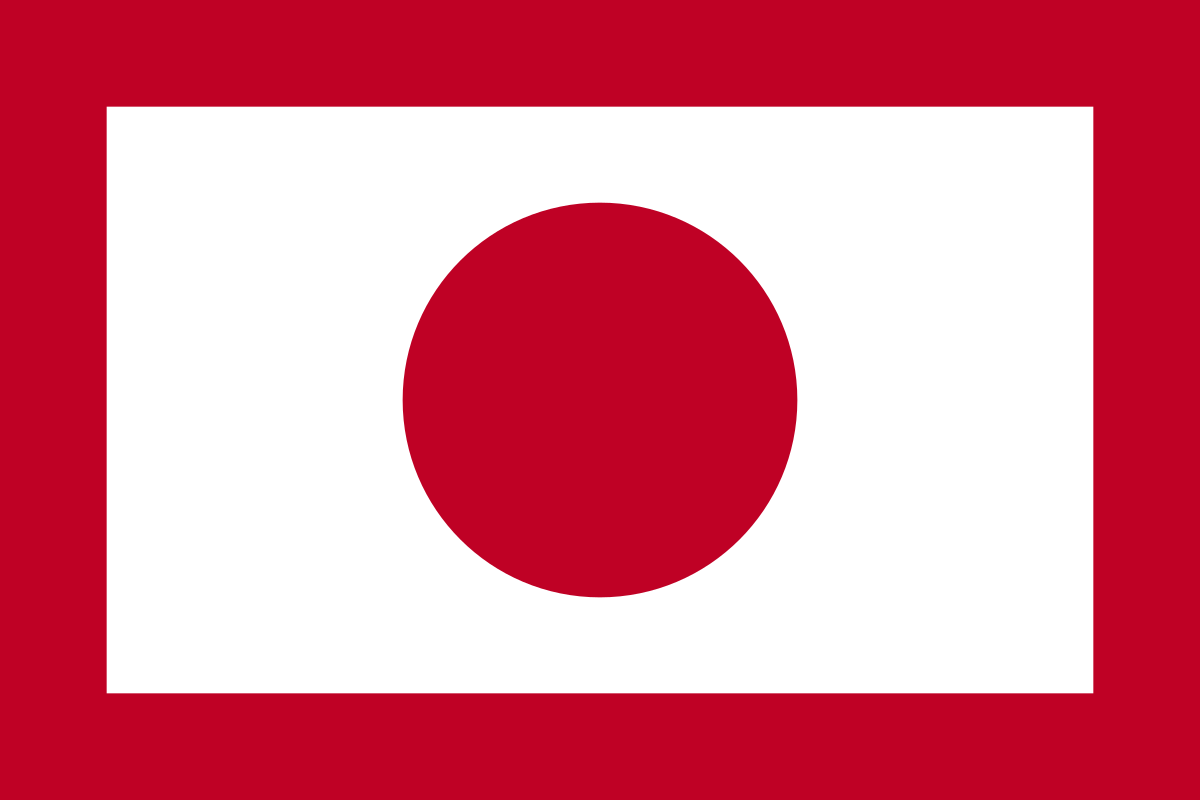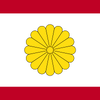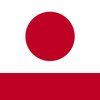@Warehouse_Rabbit: Well JK once had an avatar clipped from the She-Ra reboot, and that had an anime style, so assuming the game didn't end with everyone nuking themselves into oblivion, I'll say yes. :B

Flag of the Reunion of Daimyo by @Thorvald (El Thorvaldo)
SVG remake of JohannaK's original raster, uploaded to the defunct IOT Wiki in 2019.
The Reunion of Daimyō was the legislative lower house (parliament) of Japan in Iron and Blood 4. Established alongside the Council of Regency by kampaku Toyotomi Yoshifune in the mid-1850s, it was an assembly of the 147 provincial governors of the empire. Daimyō could appoint representatives to act on their behalf; physical attendance was only required at the Council's request, or to swear fealty during the emperor's coronation.
Procedurally, the Reunion's assent was required for any Council law, but in practical terms it functioned as a rubber stamp to feign popular legitimacy for the oligarchic Council: bills from the Regency were voted on the day after their submission and required only a majority of delegates in attendance. By contrast, bills submitted by the Reunion itself required signatures by more than half of the proponent's peers of equal rank within their administrative unit, and all direct superiors to Region-level; the vote was held one month later and required the presence of all delegates to be considered valid.
Download submitted to DeviantArt October 2022; alternative download available via Patreon.



Does anime still exist in this timeline?